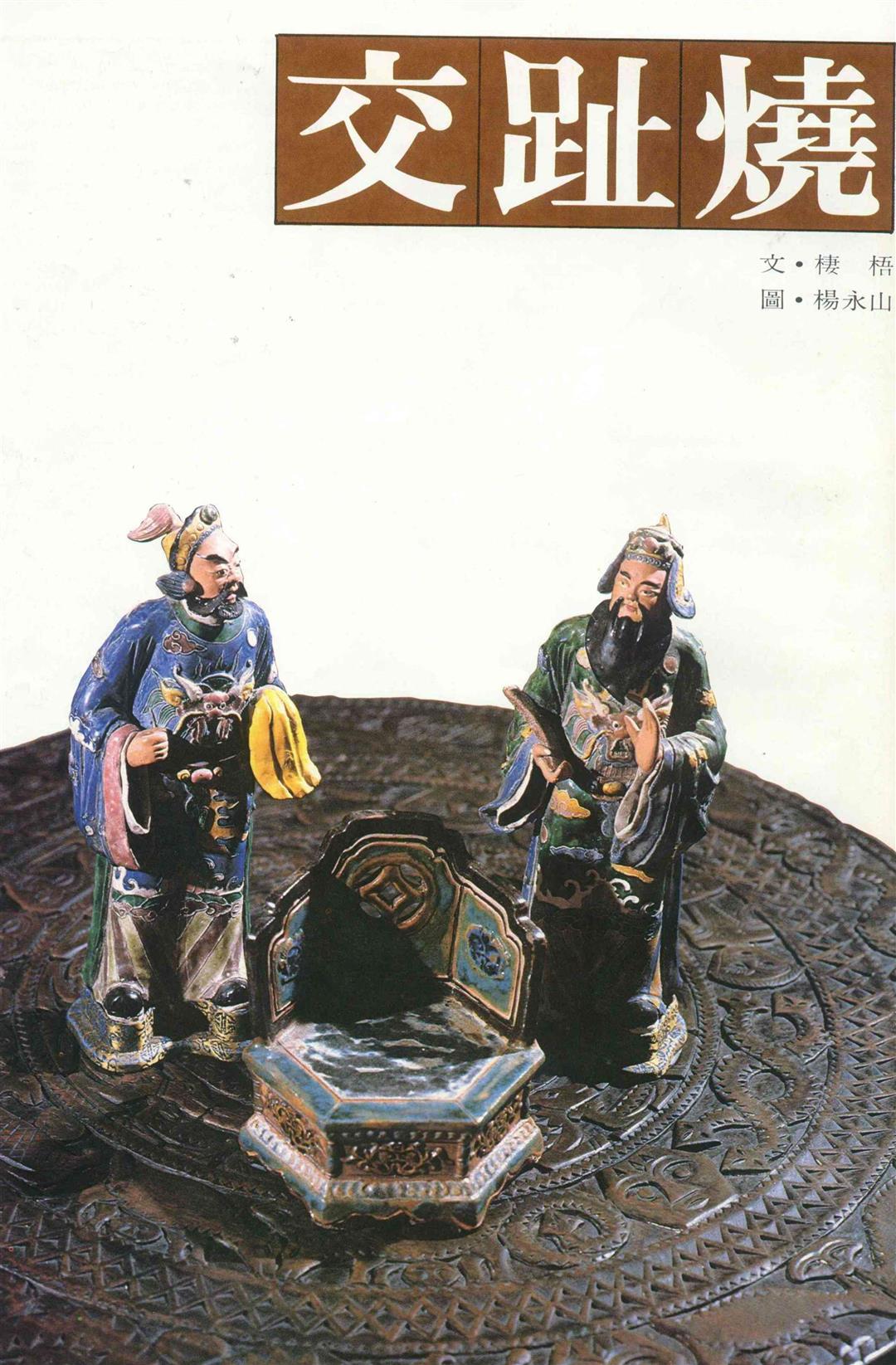
Temples constructed in Taiwan over the past 100 years were usually decorated with Chiao-chih earthenware pieces, which were noted for their low-heat firing process and their lead-based multicolored glaze. The art was imported from Southern China to Taiwan. mainly during the reign of the Tao Kuang Emperor (1821-1850) of the Ching (1644-1911) Dynasty, during which period it became a popular folk art.
Chiao-chih is similar to the tricolored pottery of the Tang (618-907) Dynasty. The pieces were used to adorn temple roofs, eaves and doors.
The art is based on religious beliefs, legends and operatic stories. Animals, plants, and human figures were most commonly used, and were meant to ward off evil spirits.
In the crafting of Chiao-chih, only the front was molded, while the back was hollowed out. This method was used for two reasons. First, it allowed a relatively high kiln temperature to be used, without the danger of cracking, and second, cement could be poured into the hollowed-out section to fasten the piece to a temple wall. All parts of the earthenware figures were divided in two and reassembled after firing. This was done because originally the kiln was too small to take large pieces, and because different colors required different temperatures.
All craftsmen had to be familiar with the skills of molding, glazing, painting and firing, which can take a lifetime to perfect. Low kiln temperatures cause the earthenware to be rather soft and easily damaged, particularly in the hot and humid climate of Taiwan. These factors have contributed to the fact that the art is gradually dying out on the island.
While Chiao-chih owes its spirit and form to mainland China, it was developed and reached its highest point in Taiwan. Yeh Wang, who was born in Chiayi County in Southern Taiwan in the early 19th century, was noted for his skill in the earthenware art, and his name became synonymous with Chiao-chih. Some of his works are kept in the county museum and in temples in Tainan, where his name is a household word. Few of his works are left in Taiwan, however, since most were taken by the Japanese during their occupation of the island.
Collectors of Chiao-chih pieces in Tainan and Taipei jealously guarded their treasures, to such an extent that even their names are not known to the public. One collector regards Ye Wang as a specialist in his use of design and glaze. An inspection of the use of detail in the clothing and the magnificent colors brought out with the glaze in the Seven Sages of the Bamboo Forest, shows that the proportions are not even, and other principles are lacking. For example, the head is too small for the body. But a careful observer will note the skill and patience which went into the work. According to a well-known wood sculptor in Taiwan, Chiao-chih is an example of excellent craftsmanship, for similar ideas and techniques are also employed in wood carving.
Many of the older residents of Chiayi County are reminded of their home villages by the pieces, and the art is admired by ordinary people as well as scholars and specialists for its simple and lifelike beauty.
At one time, it looked as if the art would die out in Taiwan as the number of craftsmen dwindled, and temple management turned to more modern and simple decorations. Recently, however, there has been a revival of the art under a movement which has already split into two schools of thought. One believes that the pieces should be reproduced as closely as possible to the originals. The other considers that the ancient design should only be approximately followed, and that new concepts should be incorporated so that the pieces are a reflection of the modern spirit of Taiwan. Both schools have been welcomed however, as a means to keep the art alive in one form or another.
[Picture Caption]
1. Chiao-chih pottery figurines come in various patterns. While most are human figures, there are also flowers, plants, and animals. 2. Broken Chiao-chih pottery requires great effort to restore their beauty. 3. This piece is from a temple in Tainan. 4. Mr. Lin of Chiayi County carries on the tradition of producing Chiao-chi ware.
Left: Only these four pieces remain of Ye Wang's Seven Sages of the Bamboo Forest, and each is owned by a different collector. Facing page: Ye Wang's figurines are very vivid and lifelike, especially their faces.
1.-5. Many collectors acquire pieces like these from temples when they are renovated or demolished. 6. A simple but lovely vase. 7.8. Works done by Mr. Lin in the Chiao-chih style. 9. Chiao-chih ware from the early 1900's.
Chiao-chih ware, which can be traced to Kwangtung province, is similar to pieces produced by the Shih Wan Kiln.
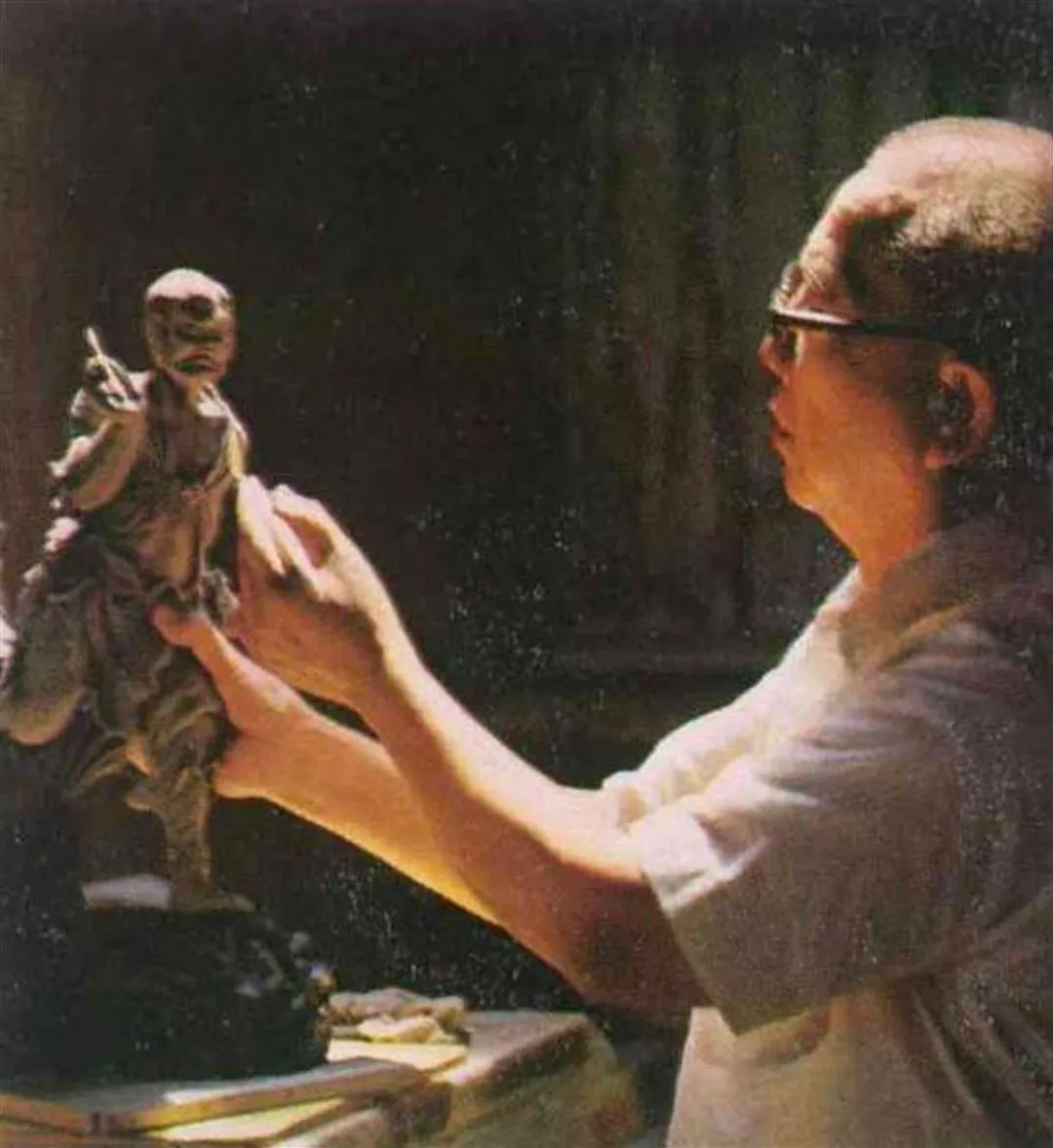
Mr. Lin of Chiayi County carries on the tradition of producing Chiao-chi ware.
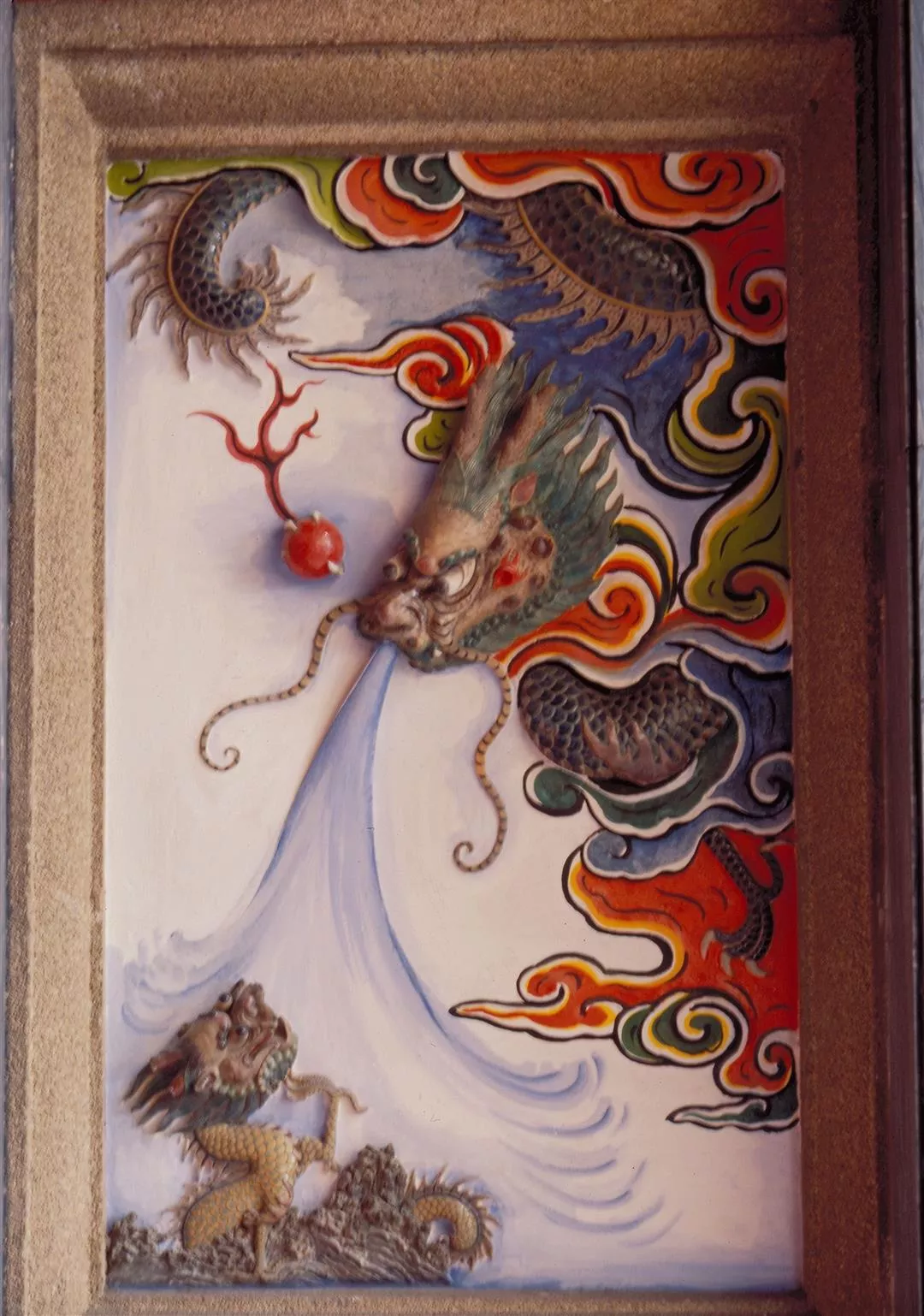
Broken Chiao-chih pottery requires great effort to restore their beauty.
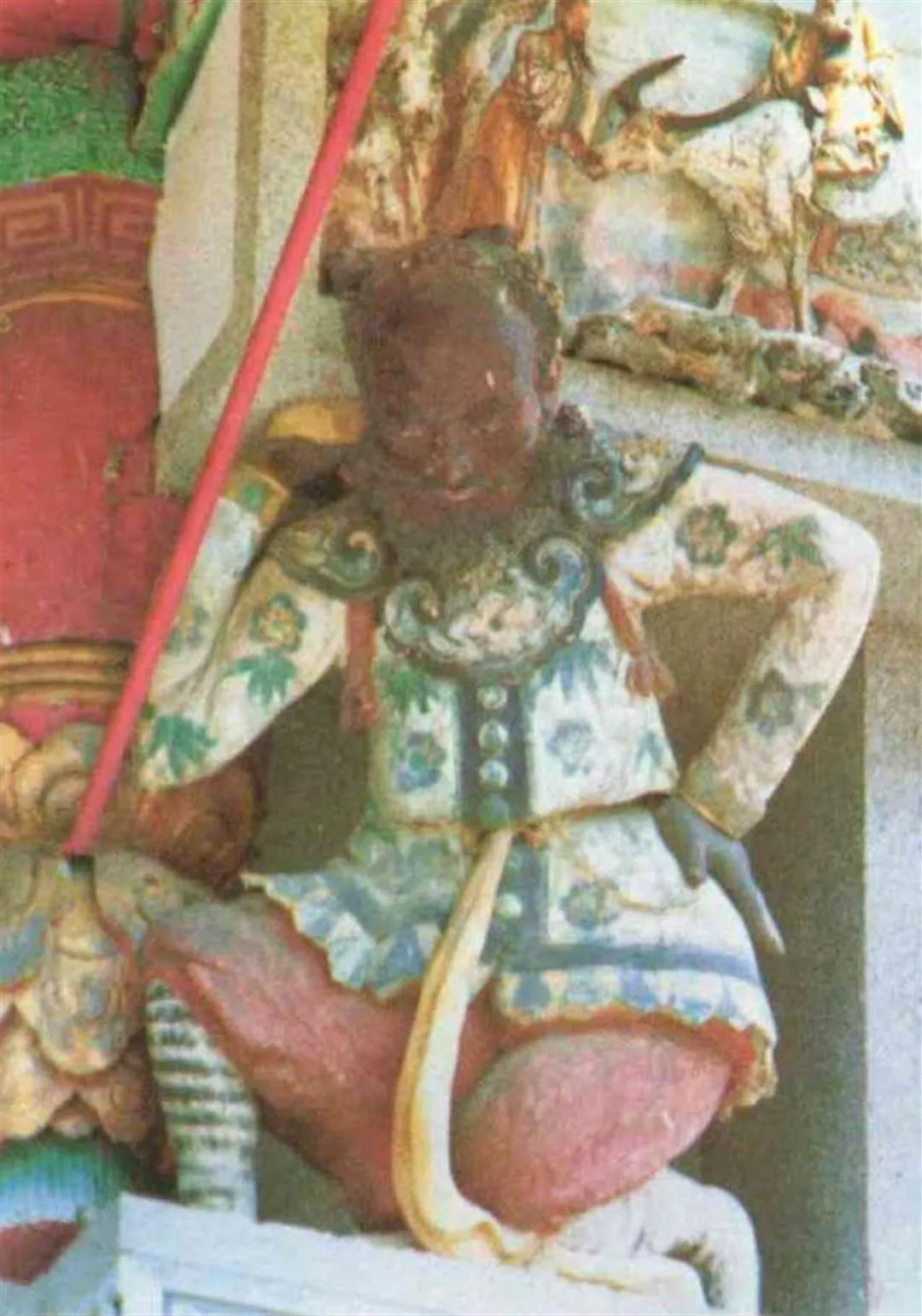
This piece is from a temple in Tainan.
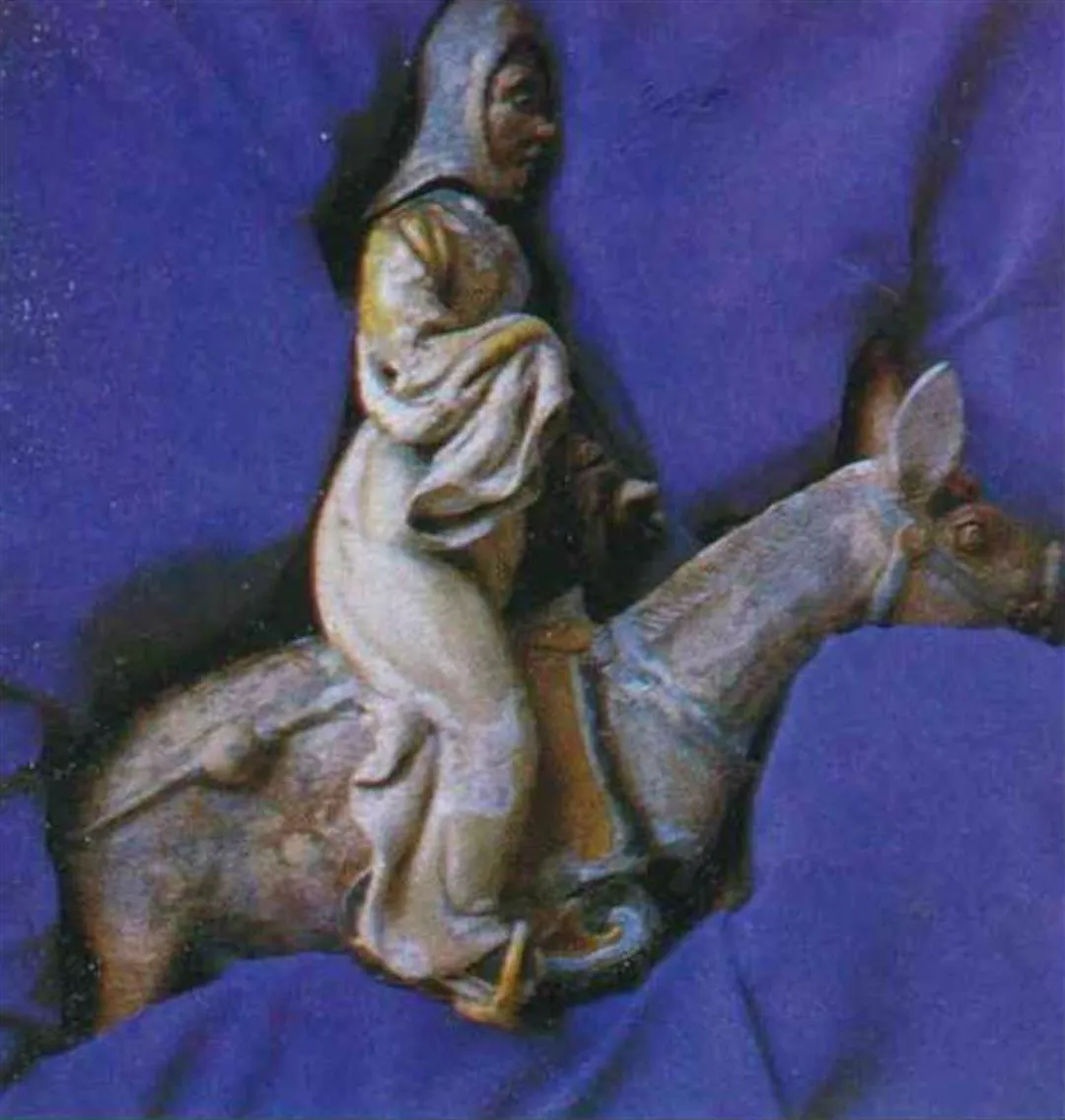
Only these four pieces remain of Ye Wang's Seven Sages of the Bamboo Forest, and each is owned by a different collector.
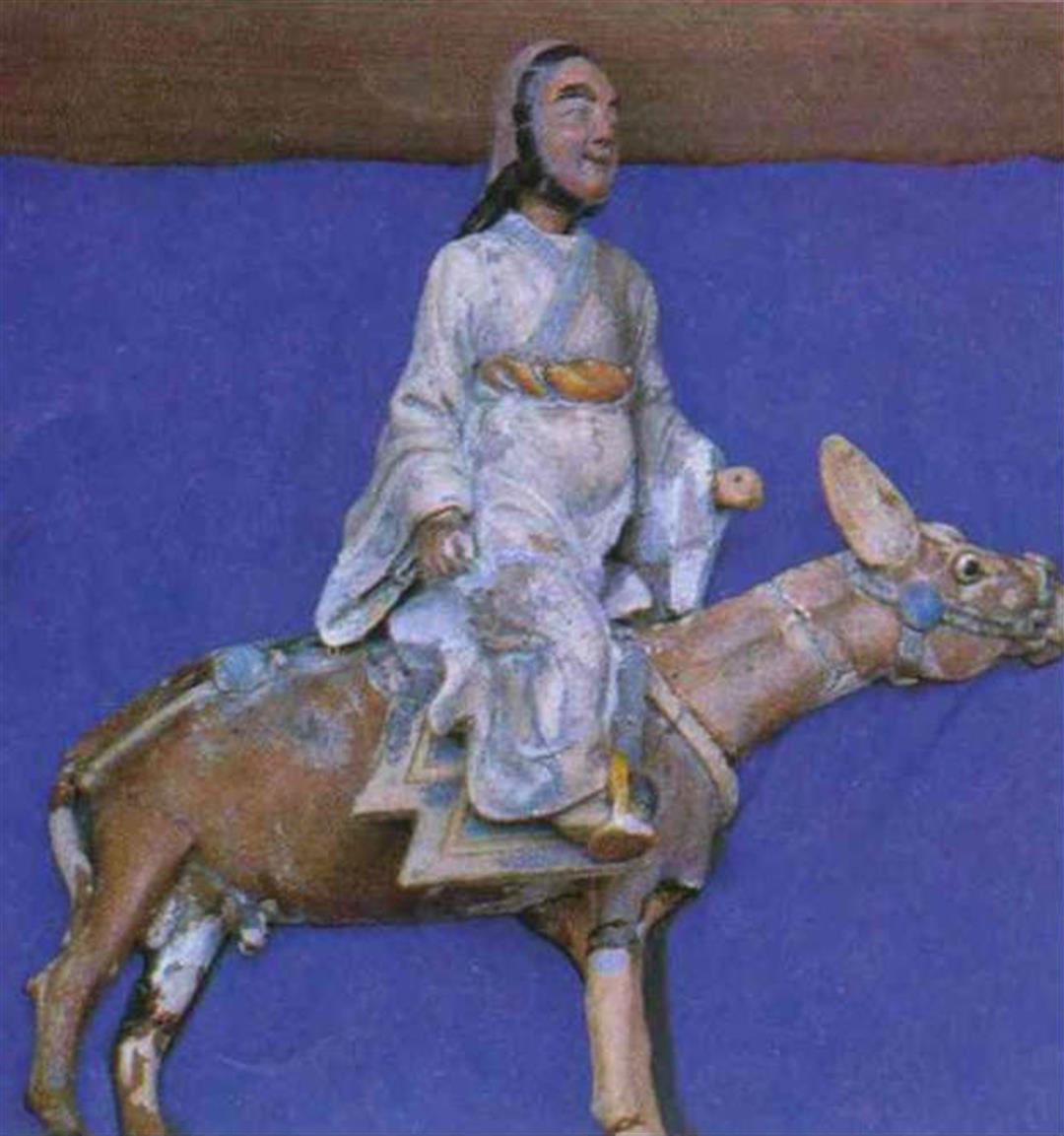
Only these four pieces remain of Ye Wang's Seven Sages of the Bamboo Forest, and each is owned by a different collector.
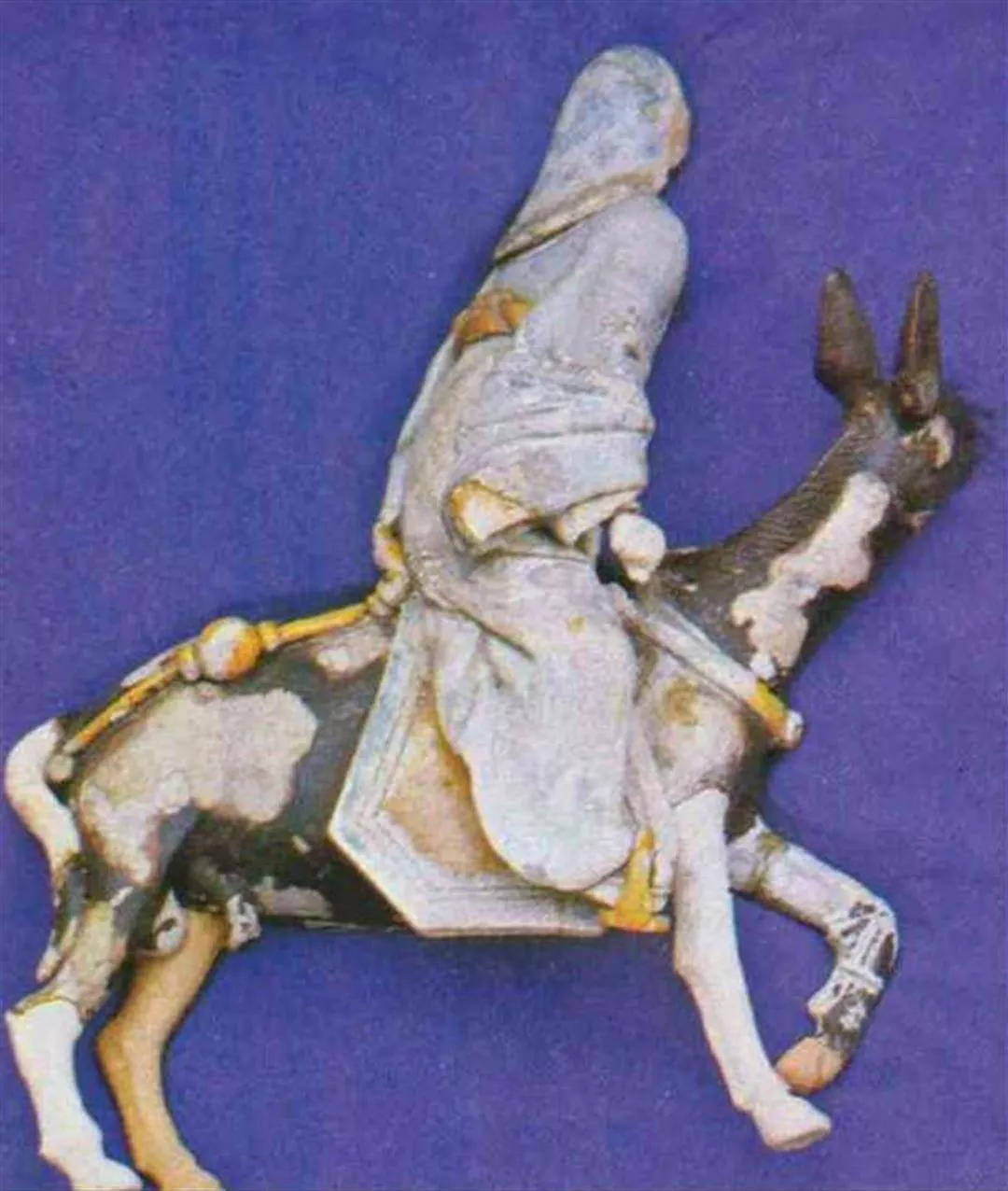
Only these four pieces remain of Ye Wang's Seven Sages of the Bamboo Forest, and each is owned by a different collector.
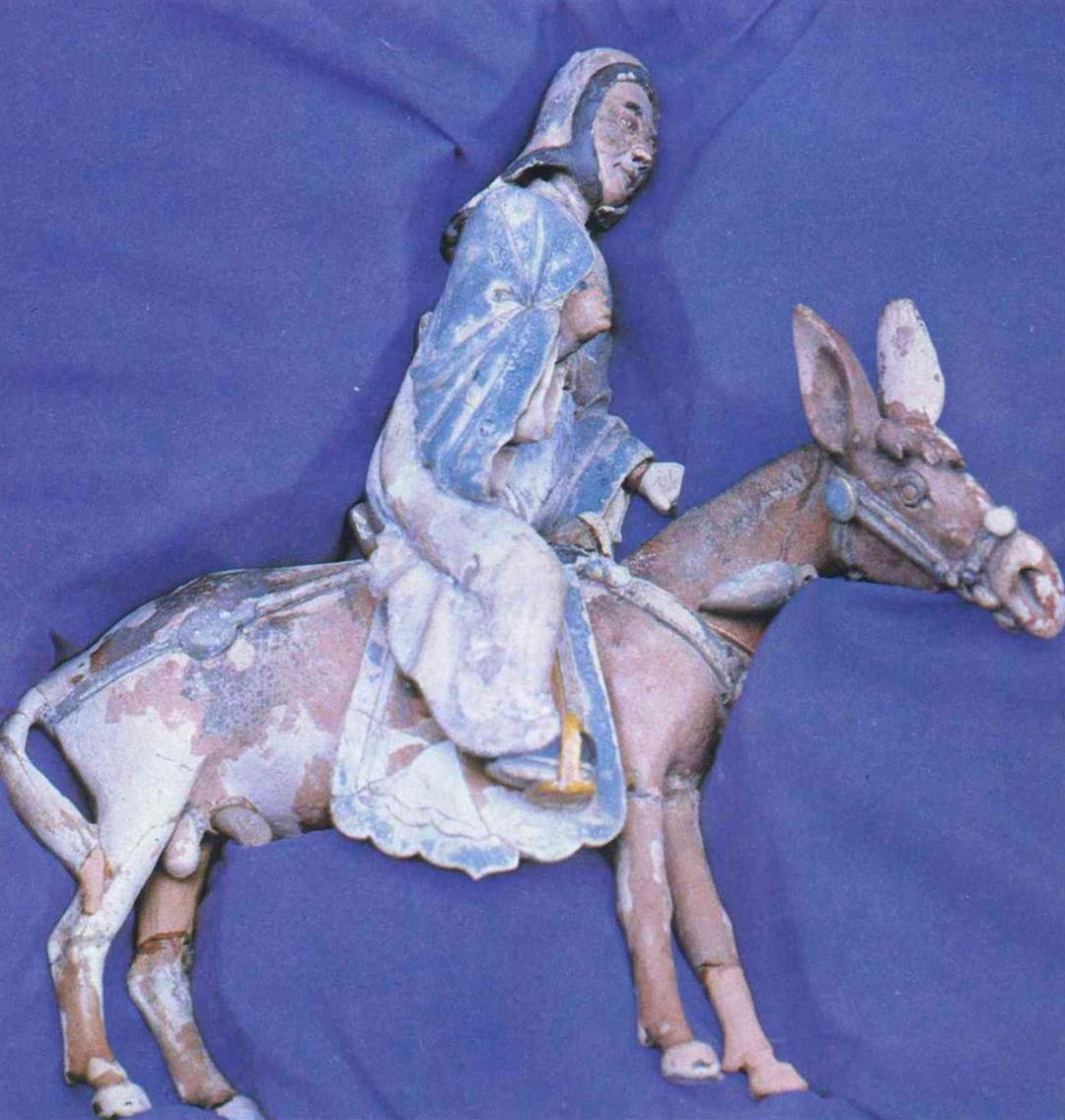
Only these four pieces remain of Ye Wang's Seven Sages of the Bamboo Forest, and each is owned by a different collector.
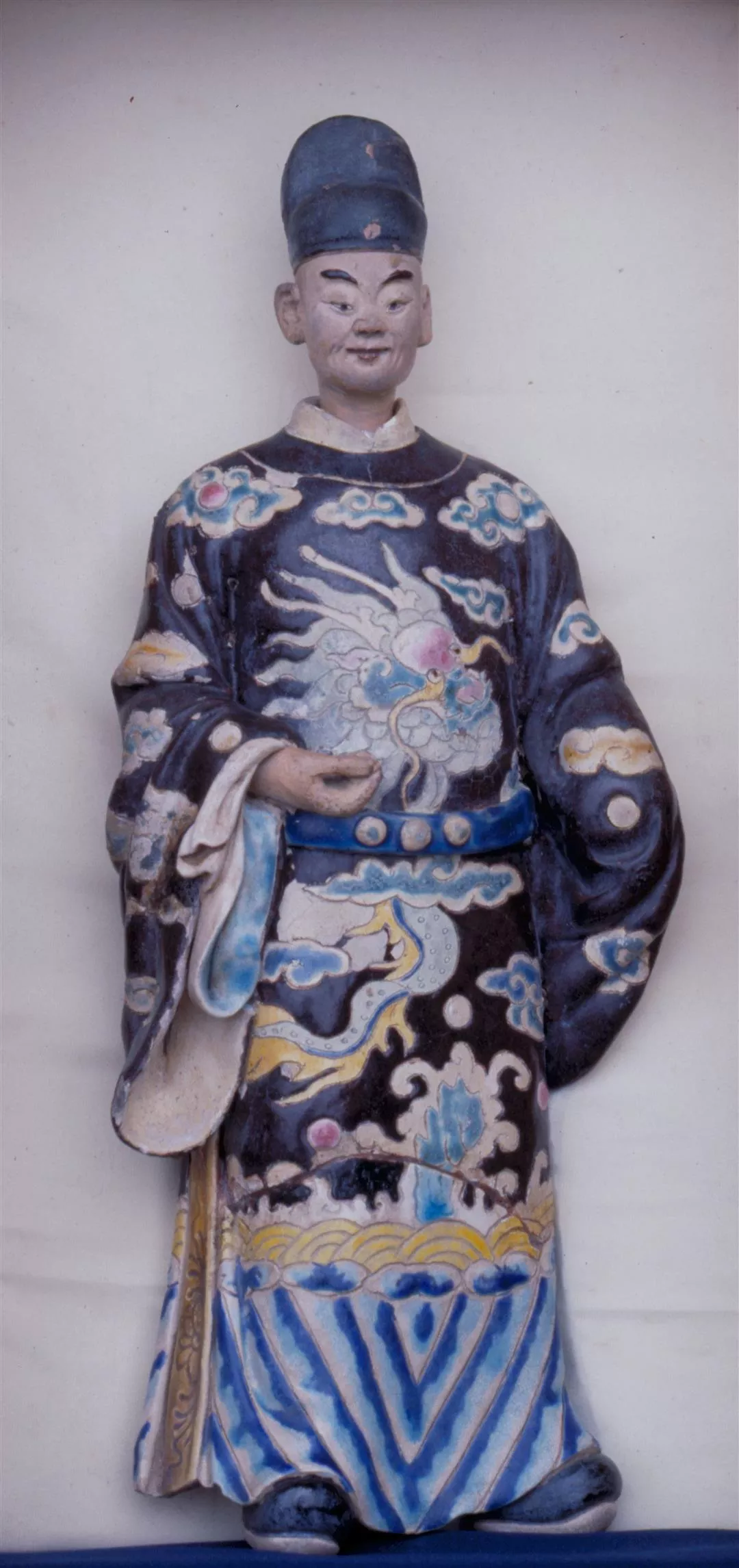
Ye Wang's figurines are very vivid and lifelike, especially their faces.
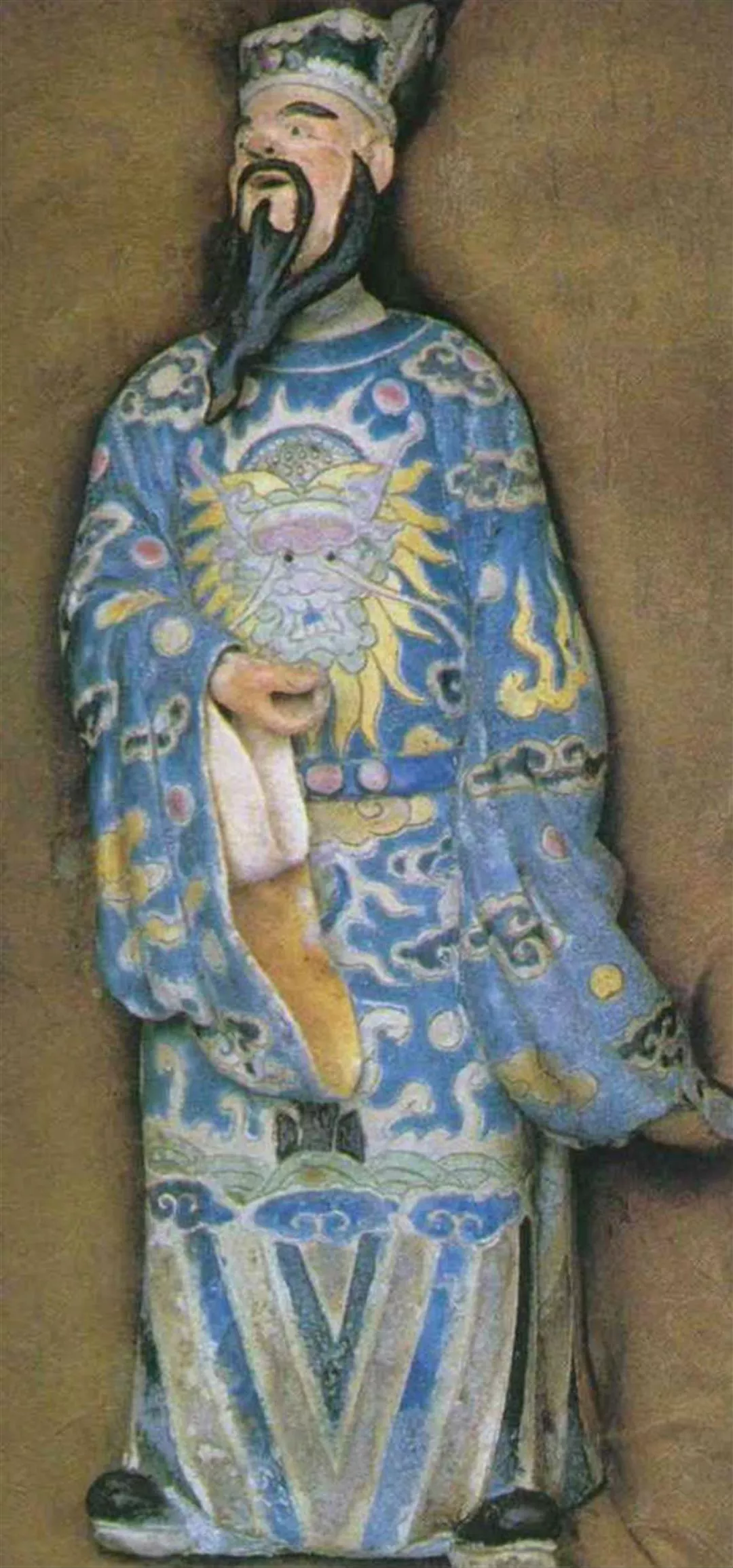
Ye Wang's figurines are very vivid and lifelike, especially their faces.
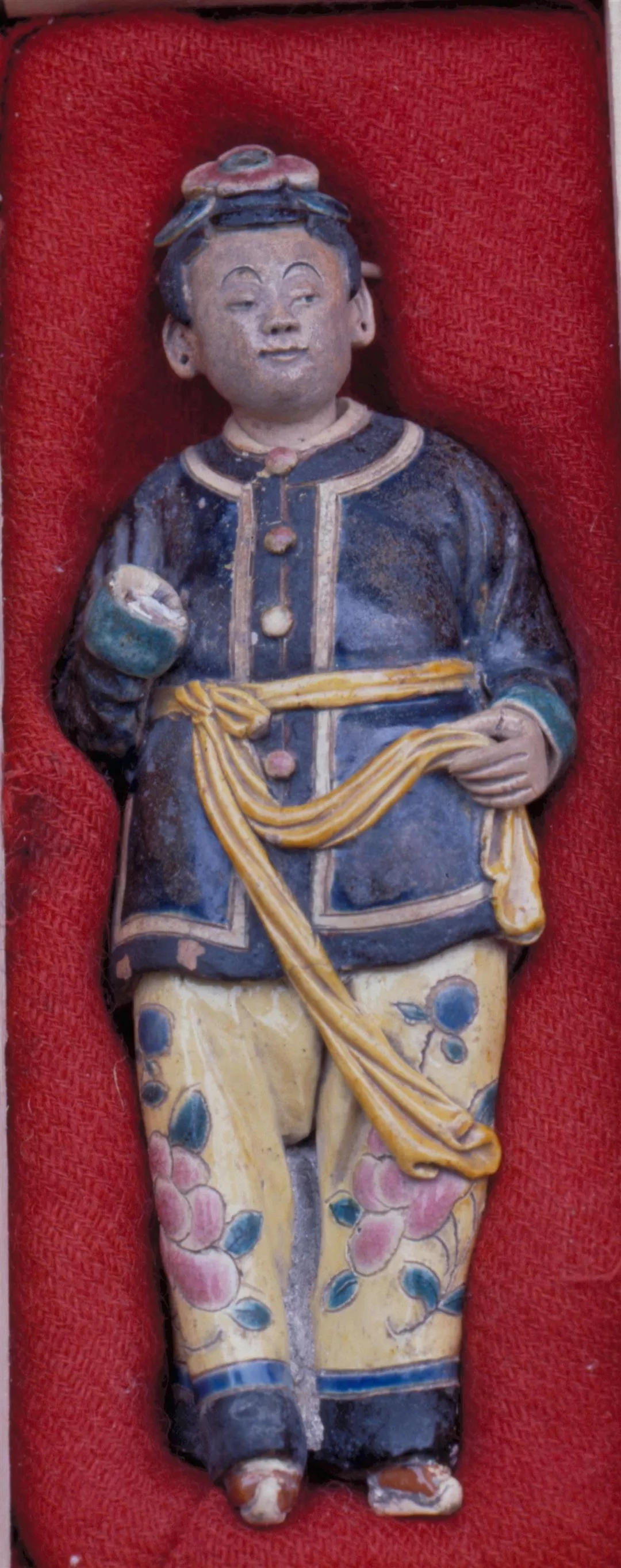
Ye Wang's figurines are very vivid and lifelike, especially their faces.
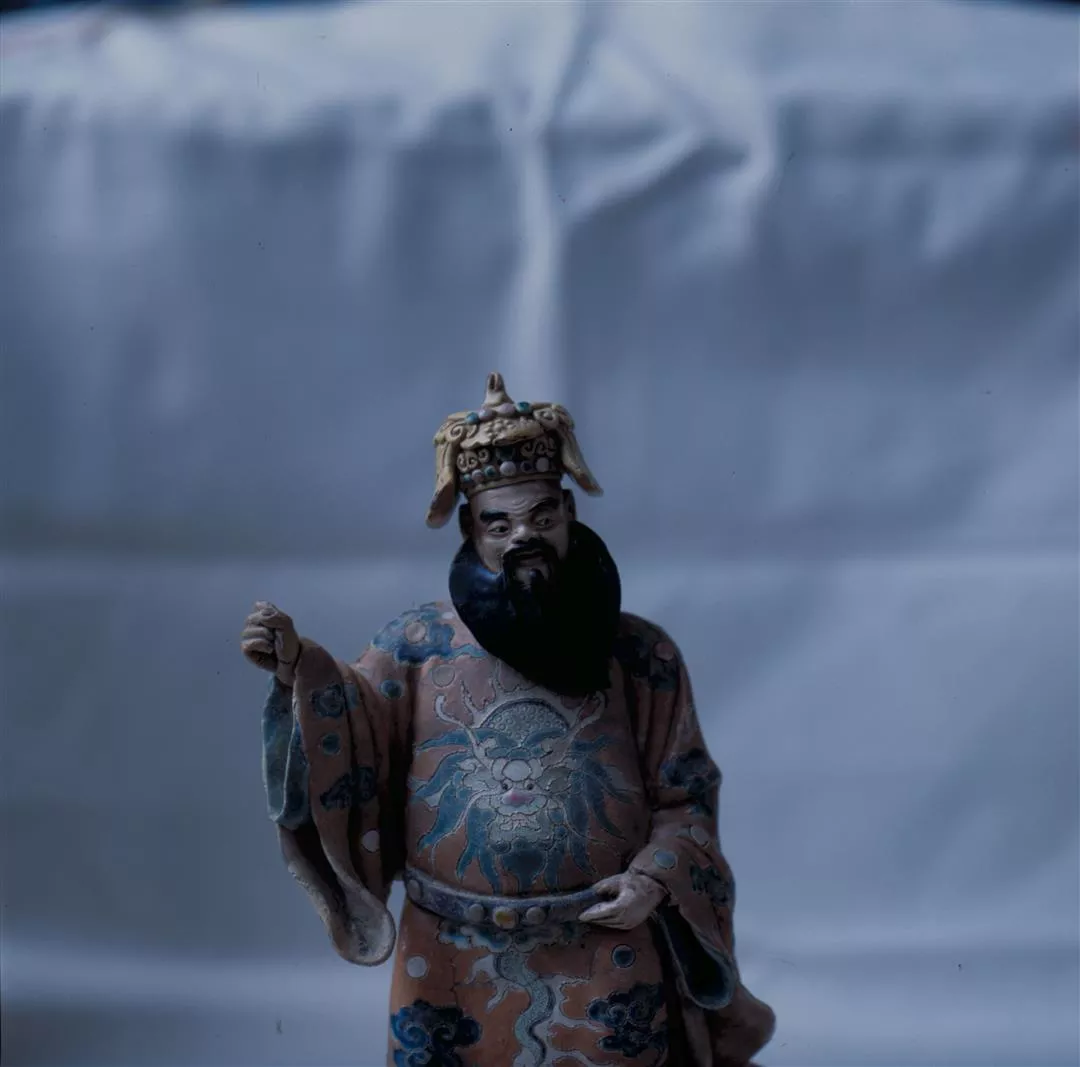
Ye Wang's figurines are very vivid and lifelike, especially their faces.
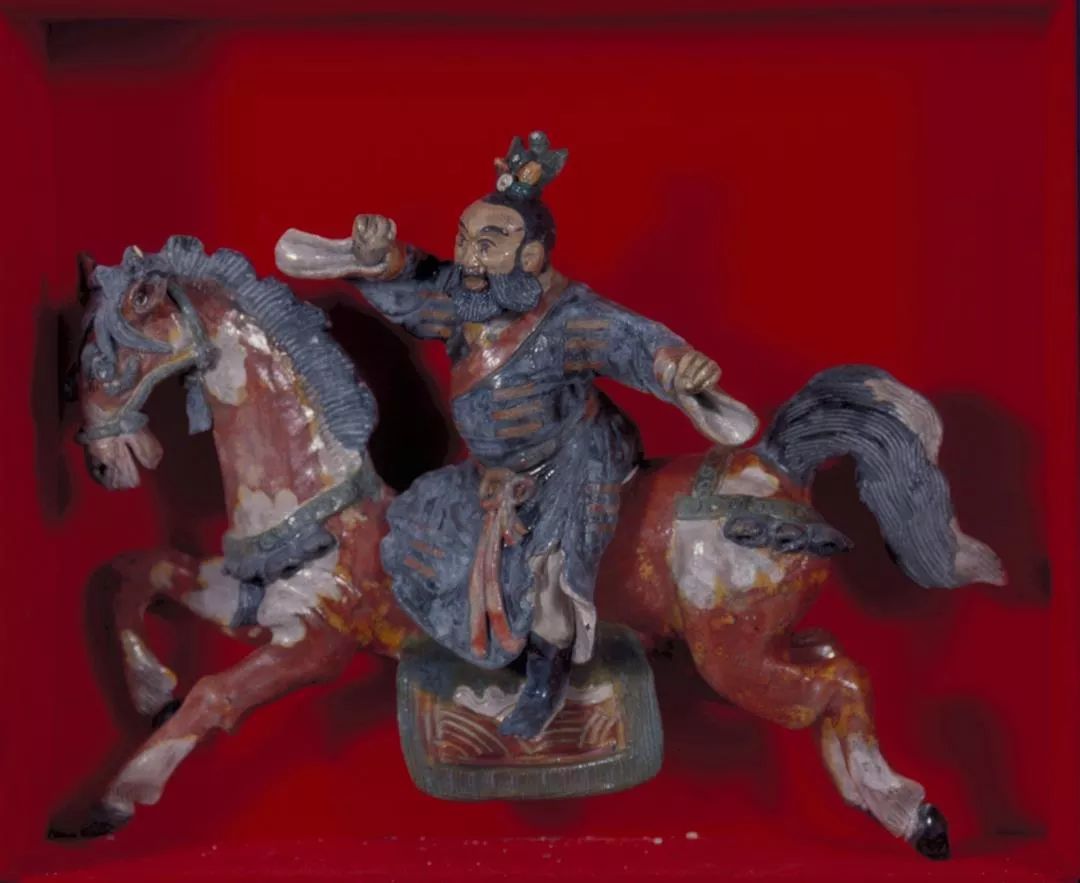
Many collectors acquire pieces like these from temples when they are renovated or demolished.
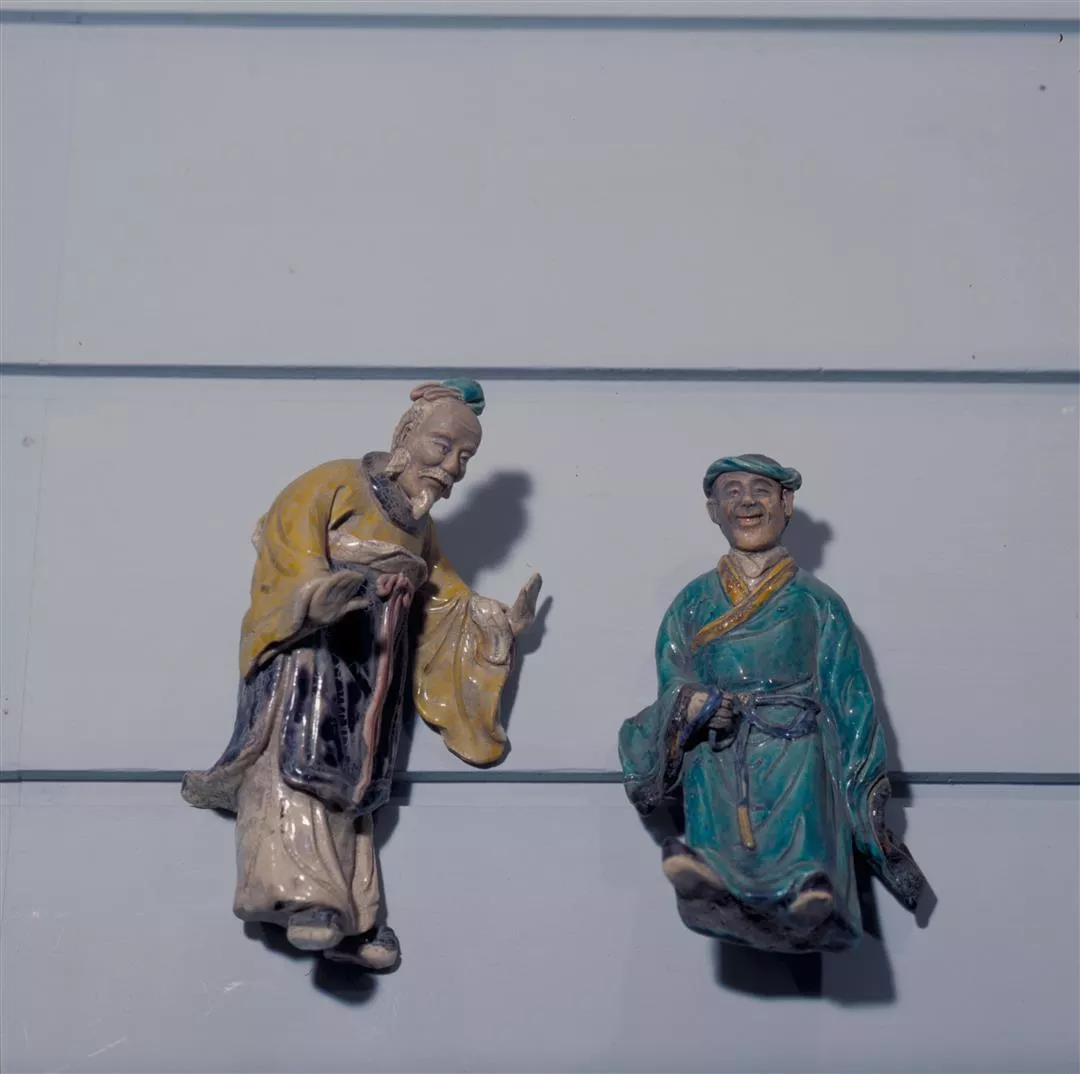
Many collectors acquire pieces like these from temples when they are renovated or demolished.
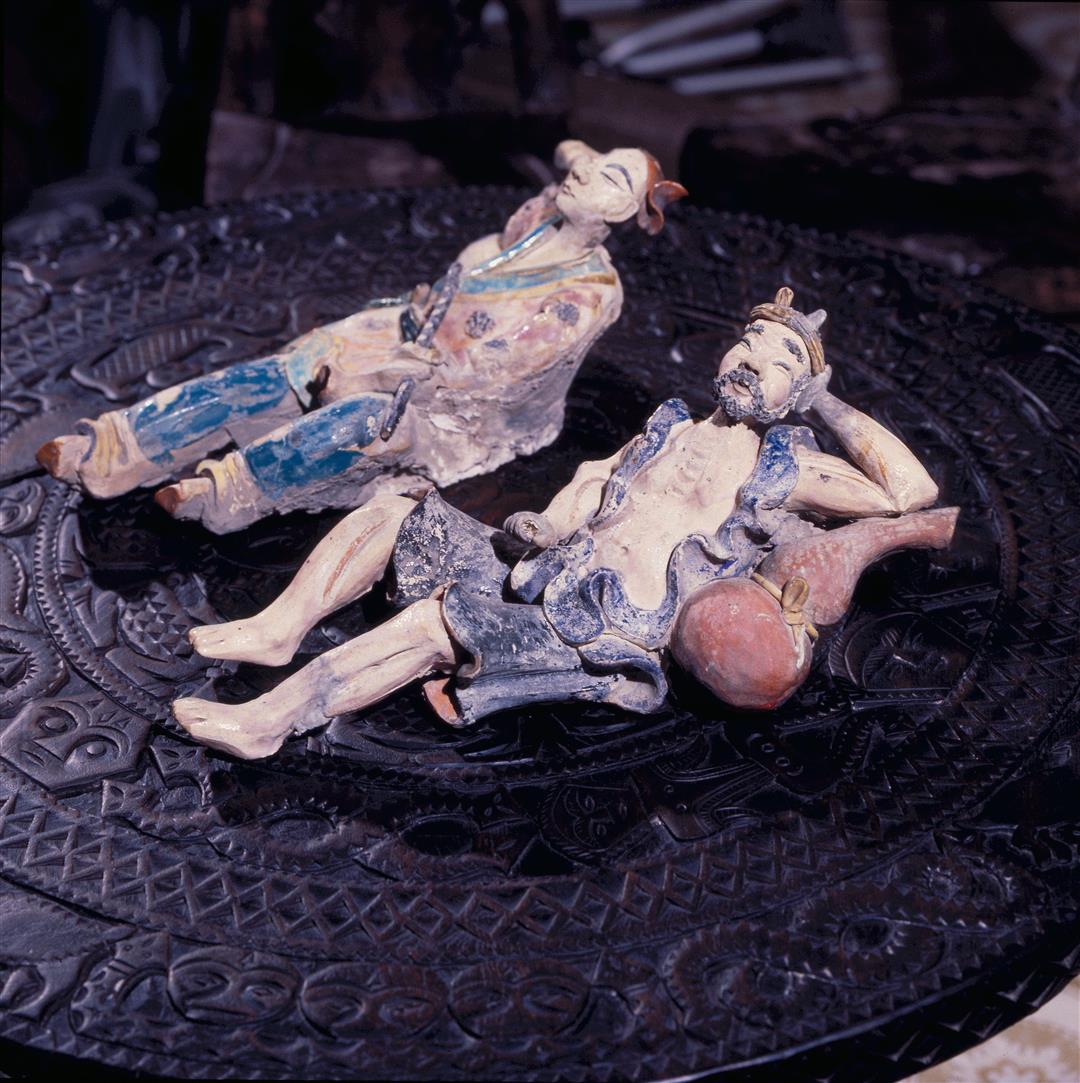
Many collectors acquire pieces like these from temples when they are renovated or demolished.
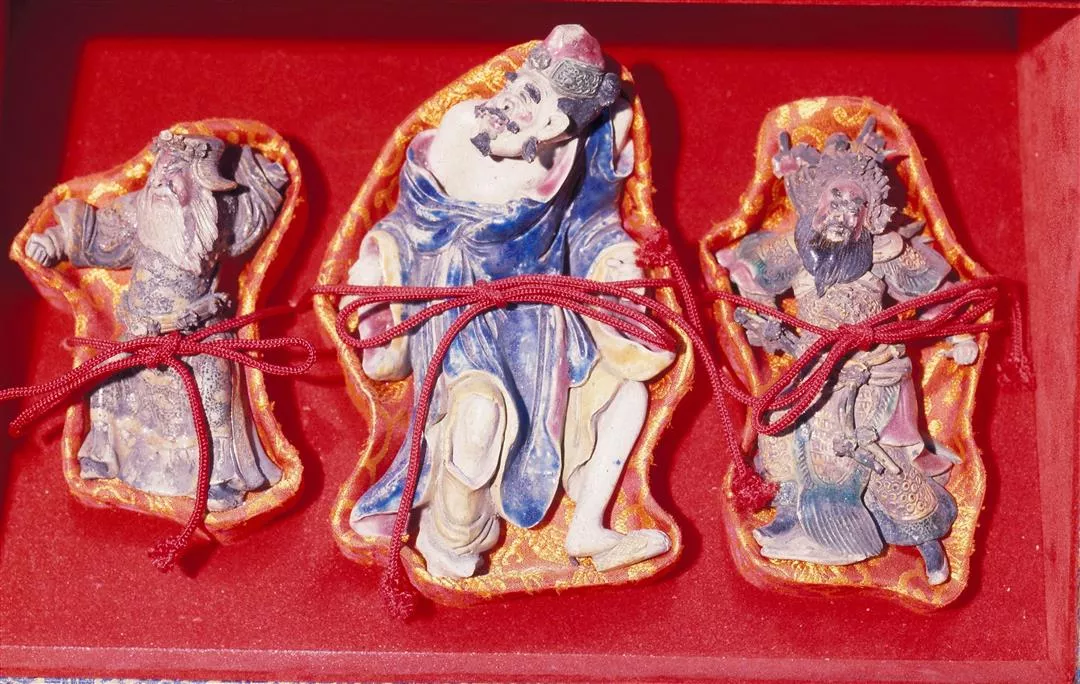
Many collectors acquire pieces like these from temples when they are renovated or demolished.
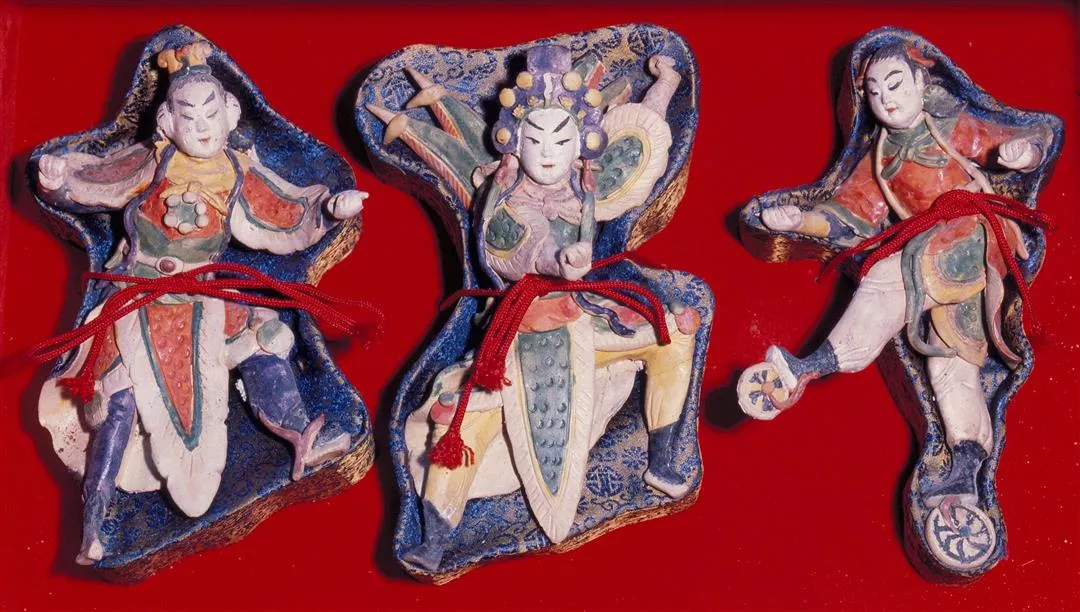
Many collectors acquire pieces like these from temples when they are renovated or demolished.
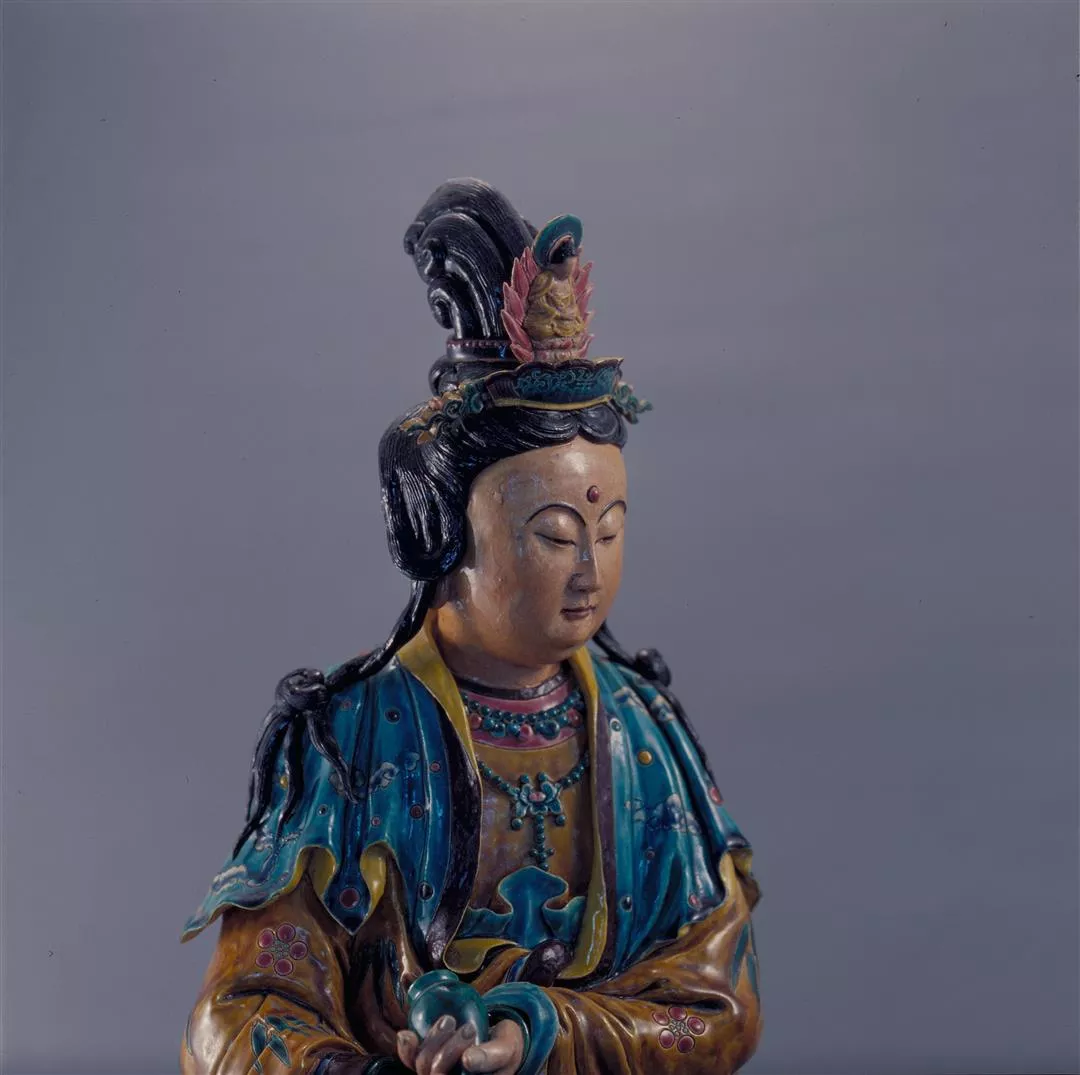
A simple but lovely vase.
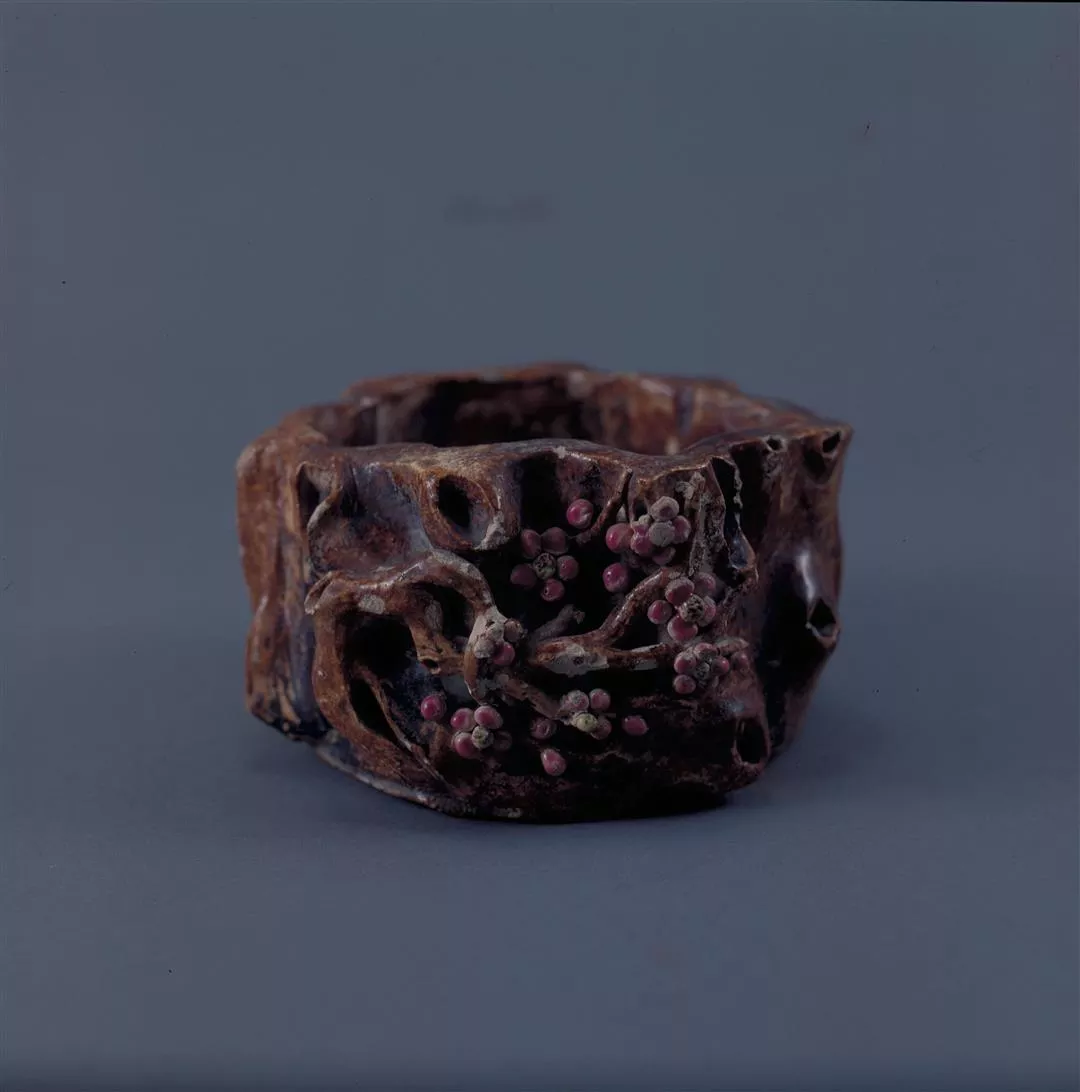
Works done by Mr. Lin in the Chiao-chih style.
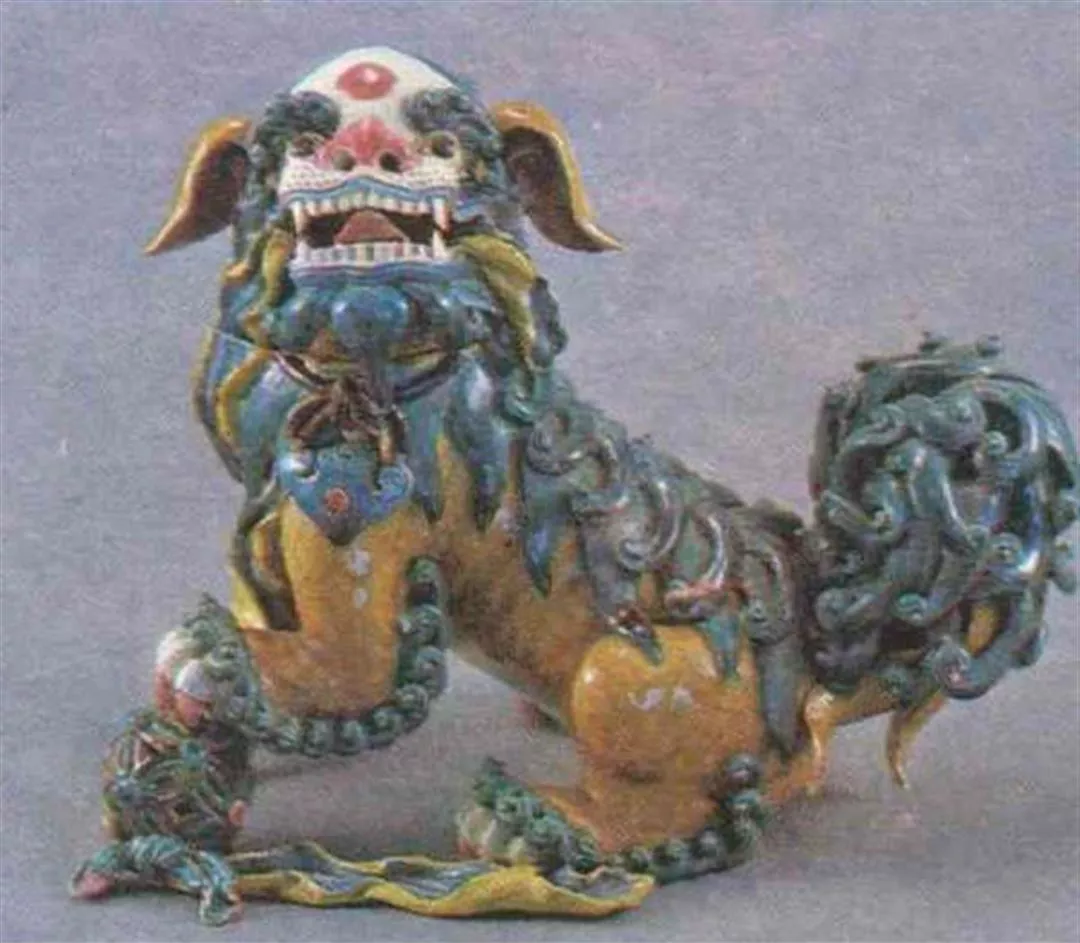
Works done by Mr. Lin in the Chiao-chih style.
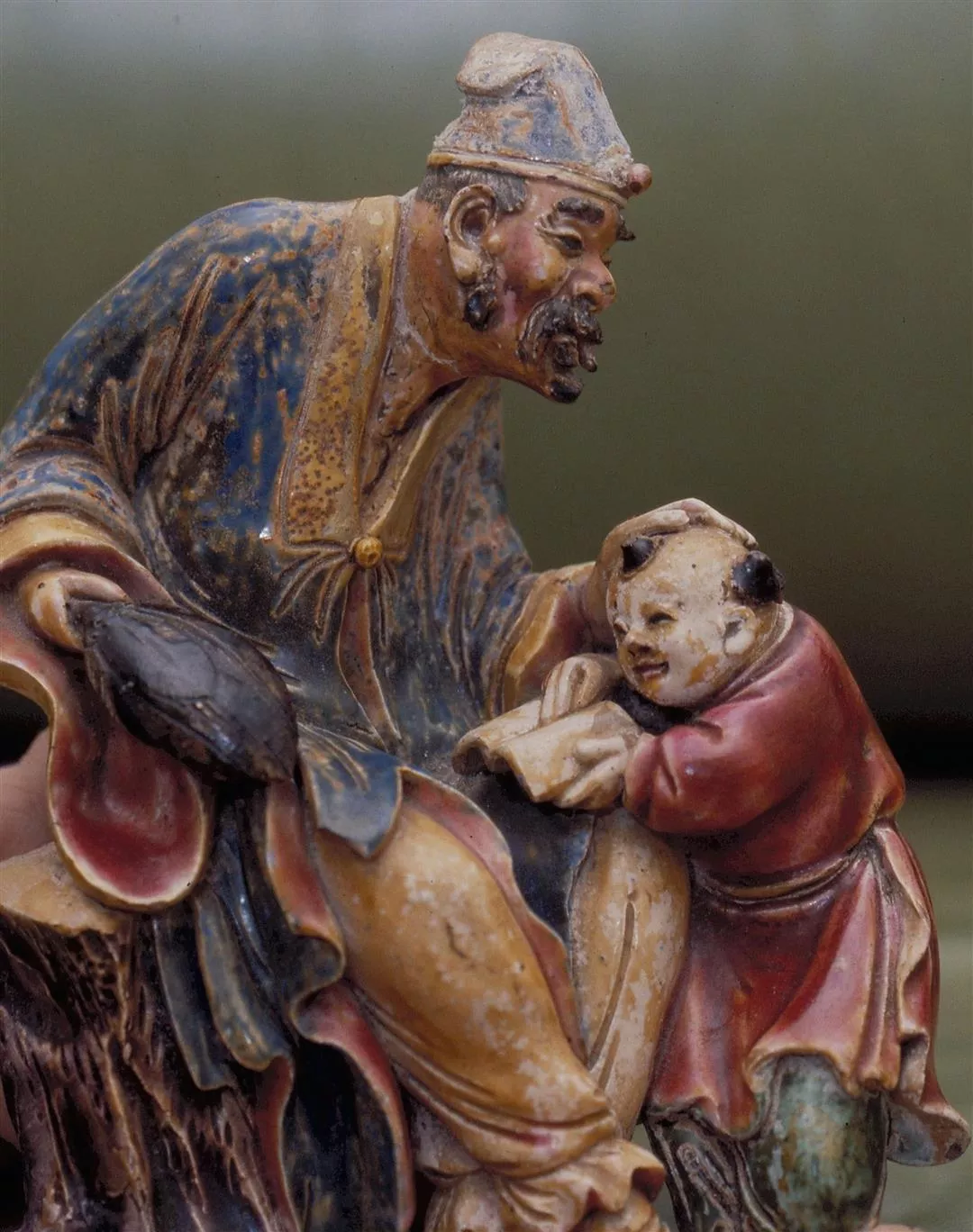
Chiao-chih ware from the early 1900's.
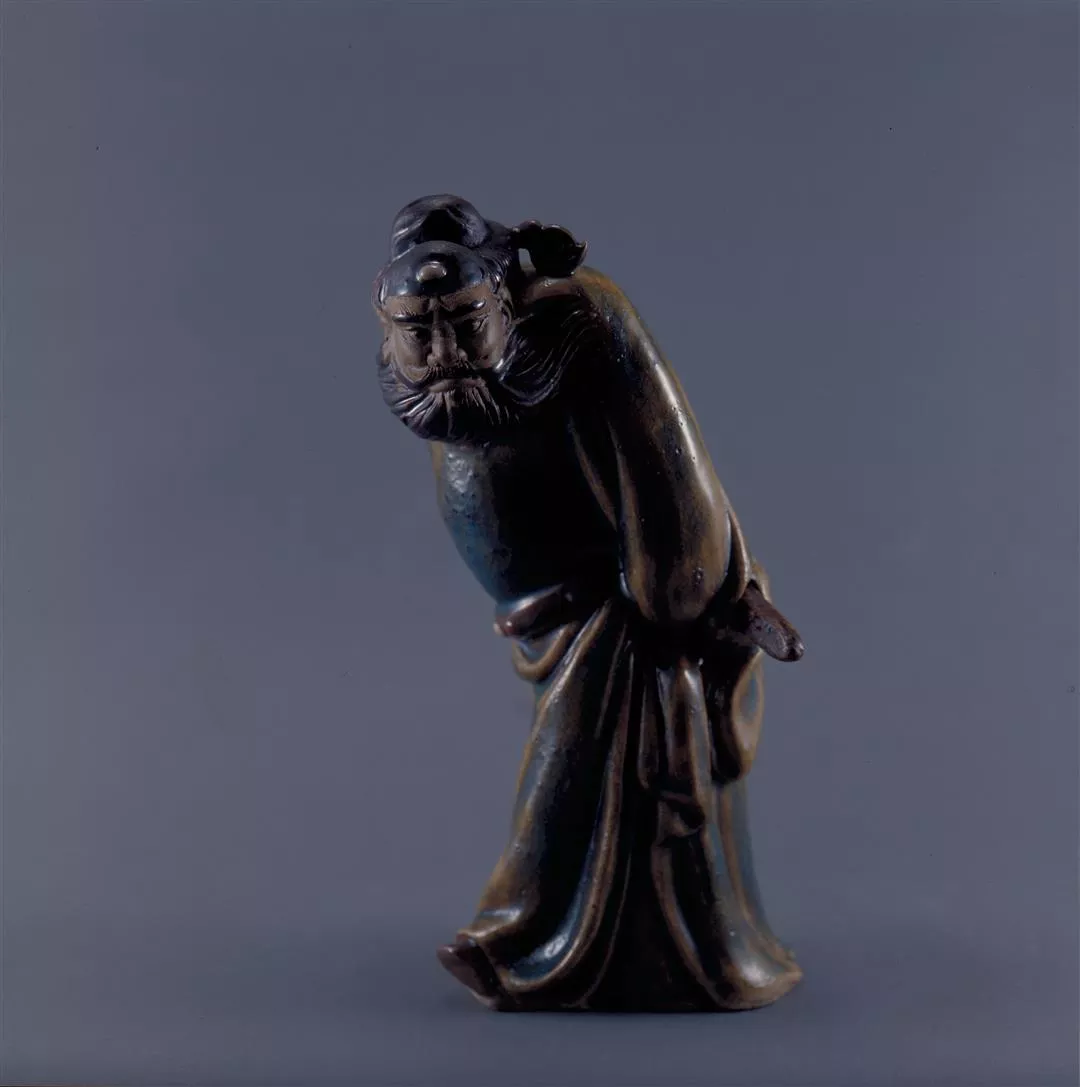
Chiao-chih ware, which can be traced to Kwangtung province, is similar to pieces produced by the Shih Wan Kiln.
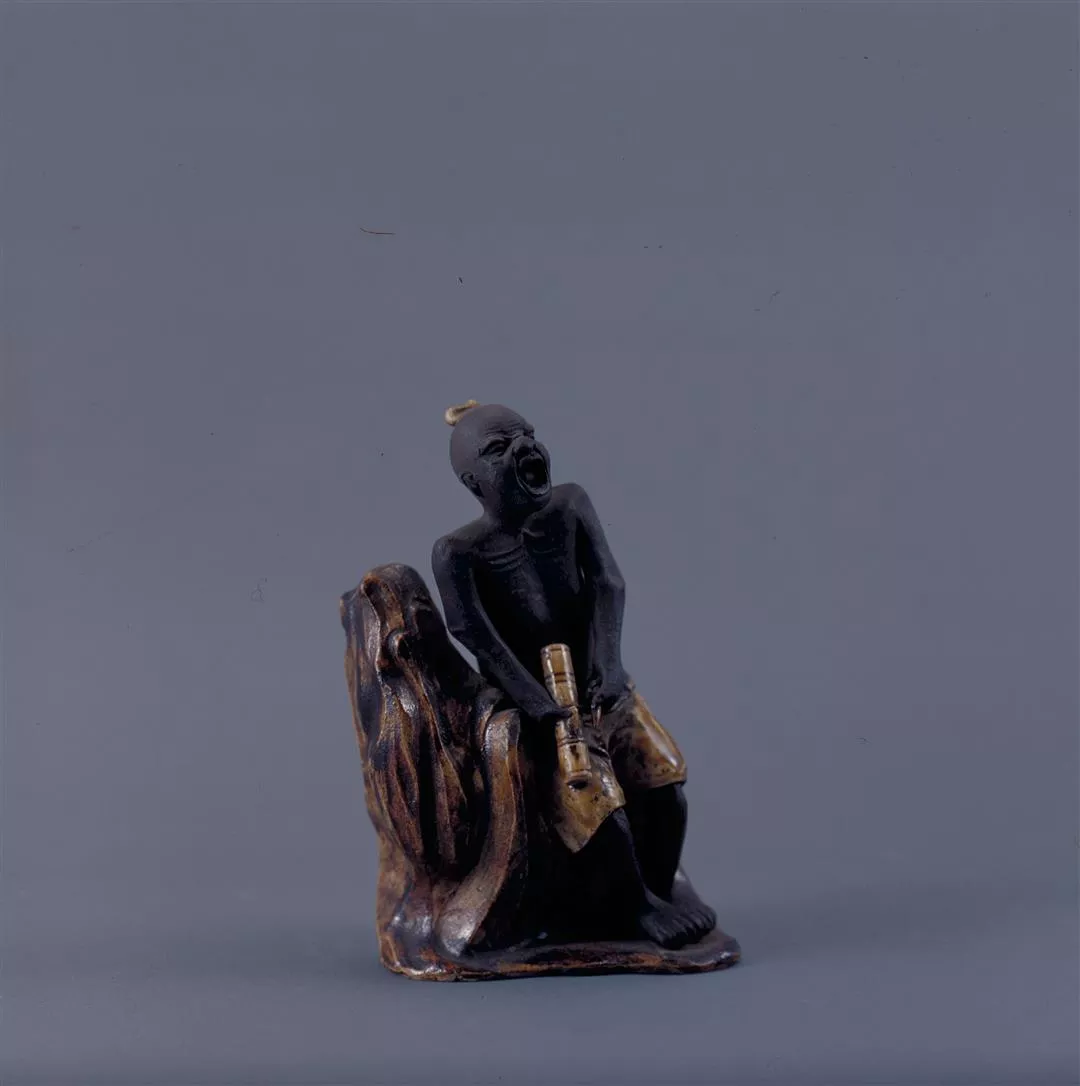
Chiao-chih ware, which can be traced to Kwangtung province, is similar to pieces produced by the Shih Wan Kiln.
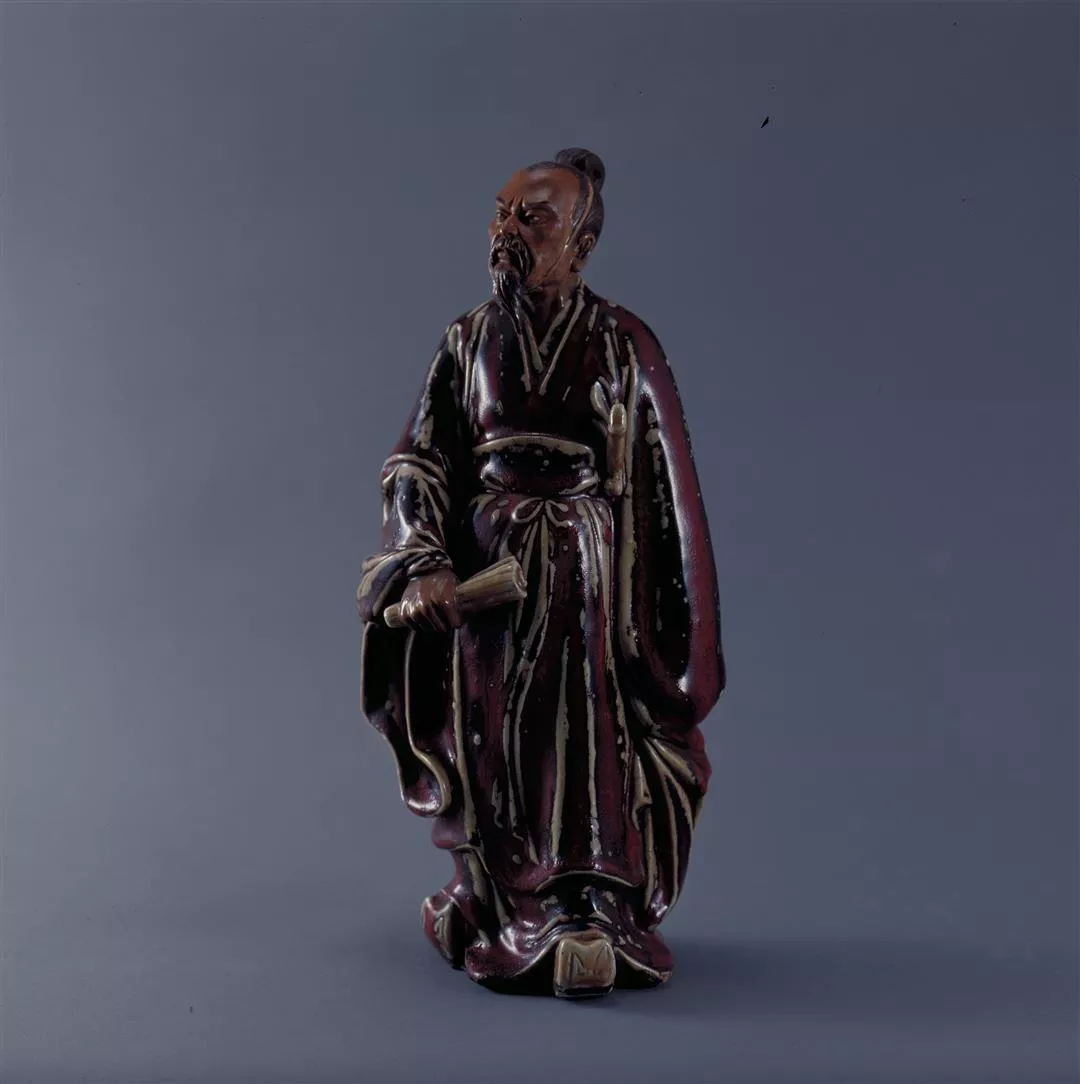
Chiao-chih ware, which can be traced to Kwangtung province, is similar to pieces produced by the Shih Wan Kiln.


@List.jpg?w=522&h=410&mode=crop&format=webp&quality=80)




@List.jpg?w=522&h=410&mode=crop&format=webp&quality=80)